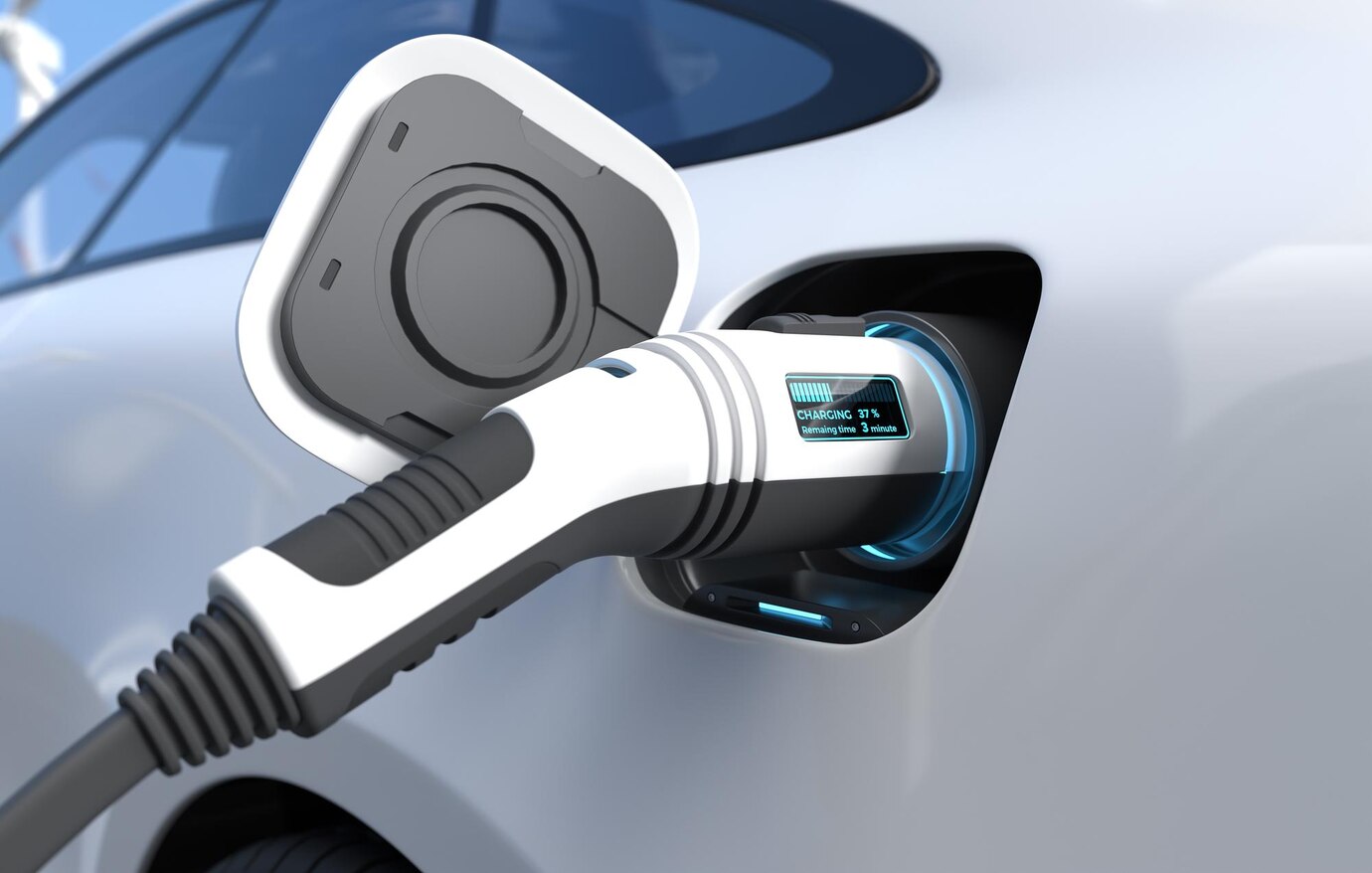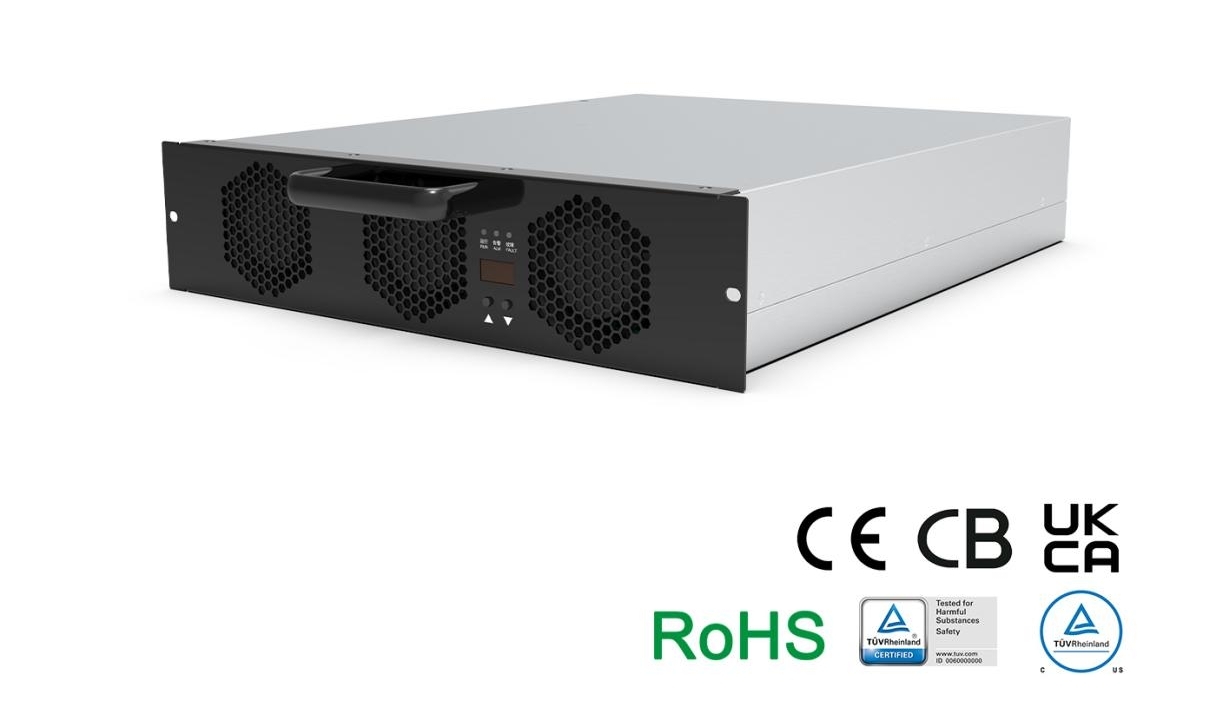How do EV chargers work? This can be one of the biggest questions for EV owners and relevant stakeholders who are concerned. With annual global sales expected to reach upward of 17 million by 2024[1], the electric vehicle market exhibits great potential and requires expert knowledge. This article will focus on the EV charging station part, explaining questions like: What is inside an EV charger, and how do EV chargers work?
Different Types of EV Charging
First, knowing what an EV charger is is critical to understanding how EV chargers work. An EV charger works like any other electronic charger by pulling electric current from a power outlet and delivering it to the connected vehicle. It’s just as you would recharge any other electronic appliance by plugging it into a wall outlet. Overall, EV chargers are classified into 3 basic levels according to their ‘charging speeds.’ Here is an overview of each type:
Level 1 Charging
The most basic type is the Level 1 charging level, which utilizes a standard 120 V outlet. This one is the most budget-friendly of all EV chargers and demands no additional hardware or software to set up.
However, its charging speed is undeniably slow. An hour’s charge may only equip the electric vehicle with 3-5 miles of range. Due to their easy set-up and affordability, Level 1 chargers are best suited for residential use.
Level 2 Charging
Level 2 charging typically uses a 240 outlet to deliver power, and it is much faster than Level 1 charging. It can provide around 12-80 miles of range after just an hour of recharge. The faster charging capability enables Level 2 chargers to be deployed at public locations, like shopping centers, office buildings, and hotels.
It is worth noting that Level 1 and Level 2 charging stations work by delivering AC power. The onboard charger located within the electric vehicle is responsible for the AC-DC conversion, thereby charging the EV battery.
Level 3 Charging
Level 3 charging, or DC Fast Charging (DCFC), is the fastest EV charging option. Level 3 chargers operate at voltages of around 480 volts or higher and can charge an EV battery up to 80% in as fast as 20 minutes.
They are not typically for residential use because of the high power requirements and infrastructure needed. Usually, they are found along heavy traffic corridors, at highway rest stops, and in commercial areas.
Different from Level 1 and Level 2 charging piles, Level 3 charging stations output DC power that can be directly stored in the EV battery. That’s why they have the fastest charging speed. The EV charger modules in the DC fast charging station take charge of the power conversion, which will be explained in the following section.
There you have it; now you know the overall picture of how EV chargers work!
Structure and Components of EV Chargers
As EV charging stations come in various types, their structure/components can vary to fulfill different functions. This section will introduce some typical EV charger components, further illustrating how EV chargers work.
Input Interface/ Power Supply
The first part is the power supply, the most crucial component of an electric vehicle charging station. The input interface connects to the external power source, be it the power grid or a battery storage system, converting the AC or DC supply into usable current for the EV battery. It will typically consist of a transformer, a rectifier, and a control circuit.
Control Unit/ Control Board
The control board can be thought of as the brain of the entire operation, managing the charging process and ensuring the owner can monitor the charging condition through the user interface.
Power Unit/ Module
The EV charger power module is an integral part of the DC fast charging infrastructure. The power module is responsible for the conversion and regulation of electrical power. It ensures that the power delivered to the charging cable and, ultimately, to the vehicle is at the correct voltage and current levels.
Charging Cable
The charging cable is the external connection between the charging station and the electronic vehicle. It should be durable, safe, and capable of handling the high currents required for charging.
Output Connector
The connector is plugged into the electric vehicle’s inlet, ensuring the EV is recharged with the required power. It must be compatible with the vehicle’s charging port. There are Type 1 (5 pins), Type 2 (7 pins), and the more popular CCS (Combined Charging System) connectors.
User Interface
The user interface will allow users to instruct and monitor the EV charger. To ease control, modern charging stations come with touch screens that display power output and charging process, remote mobile application monitoring, and RFID card readers.
DC EV Charging Modules from Winline
Finding the suitable EV charging station type is essential for a smooth EV charging service. Knowing “How do EV chargers work?” is only the first step to determining which type is best suited for your situation. The next step is to find the one who can design and manufacture what you need.
Winline is the leading EV charging station manufacturer from China, offering a wide range of electric vehicle charging solutions, including some of the best-selling EV fast charger modules. Take a look at some of our offerings below:
UXR100030B-30kW 1000V DC Charging Module
The UXR100030B-30kW 1000V DC Charging Module is a 30-kW charging module capable of handling current inputs of up to 58A and voltage inputs ranging from 260Vac to 530Vac. Its 100Vdc~1000Vdc voltage outputs and 0A~100A current outputs satisfy the wide demands of different EV types. Fast charging comes with high efficiency. When operating at its maximum capacity, this EV charger module achieves an efficiency of at least 95.5%.
UXR100040B-40kW 1000V DC Charging Module
The UXR100040B-40kW 1000V DC Charging Module is another one of our competitive models. It is equipped with a power density of 46.7W/in³ and delivers a stunning 40 kW power output. Different from the UXR100030B, it processes current inputs up to 80A under voltages from 260Vac to 530Vac. Further, it releases currents up to 133.3A and voltages from 100Vdc to 1000Vdc. With its compact design and high-efficiency operations, it is one of the most popular modules designed for global markets.
Final Thoughts
How do EV chargers work? Now you know the answer. Winline is a top electric vehicle charging station manufacturer and equipment supplier across the globe, setting unprecedented standards with our EV charging technologies.
With 130+ invention patents and 15+ PCT international patents, Winline specializes in delivering a wide range of EV charging solutions and fast charger module devices. If you need any EV charging solutions, click here to contact us for more tailored information!
Reference Link:
[1] IEA, “Trends in electric cars”. Available at: https://www.iea.org/reports/global-ev-outlook-2024/trends-in-electric-cars (Accessed on 5th June, 2024)



